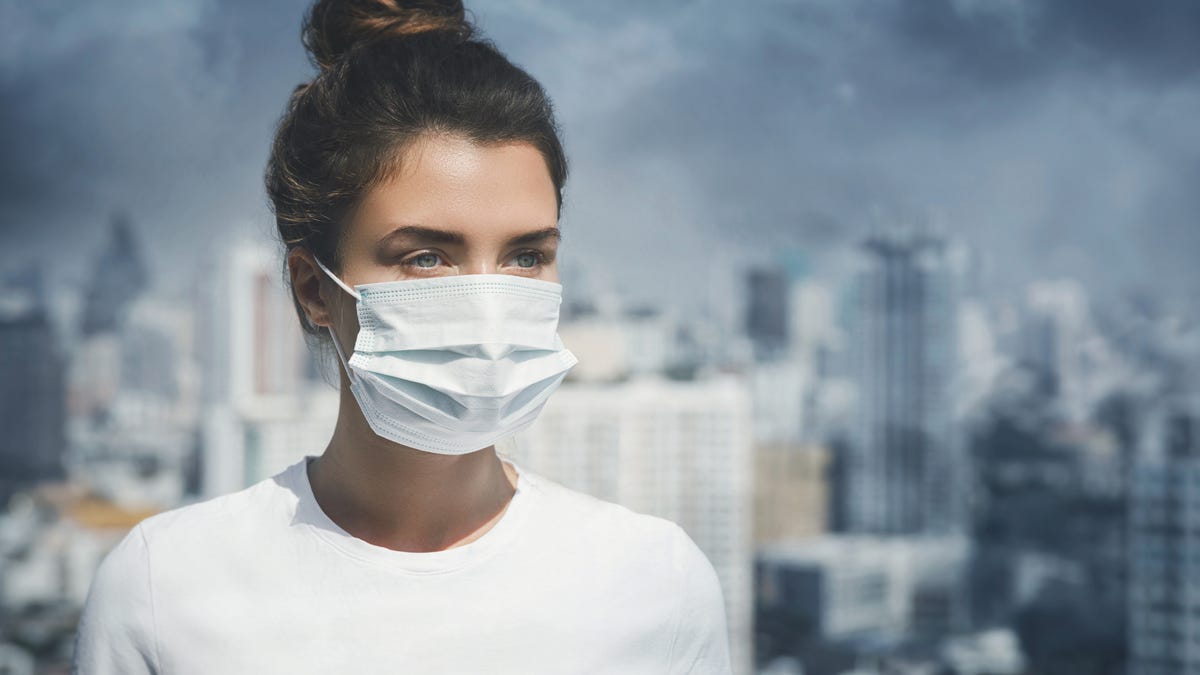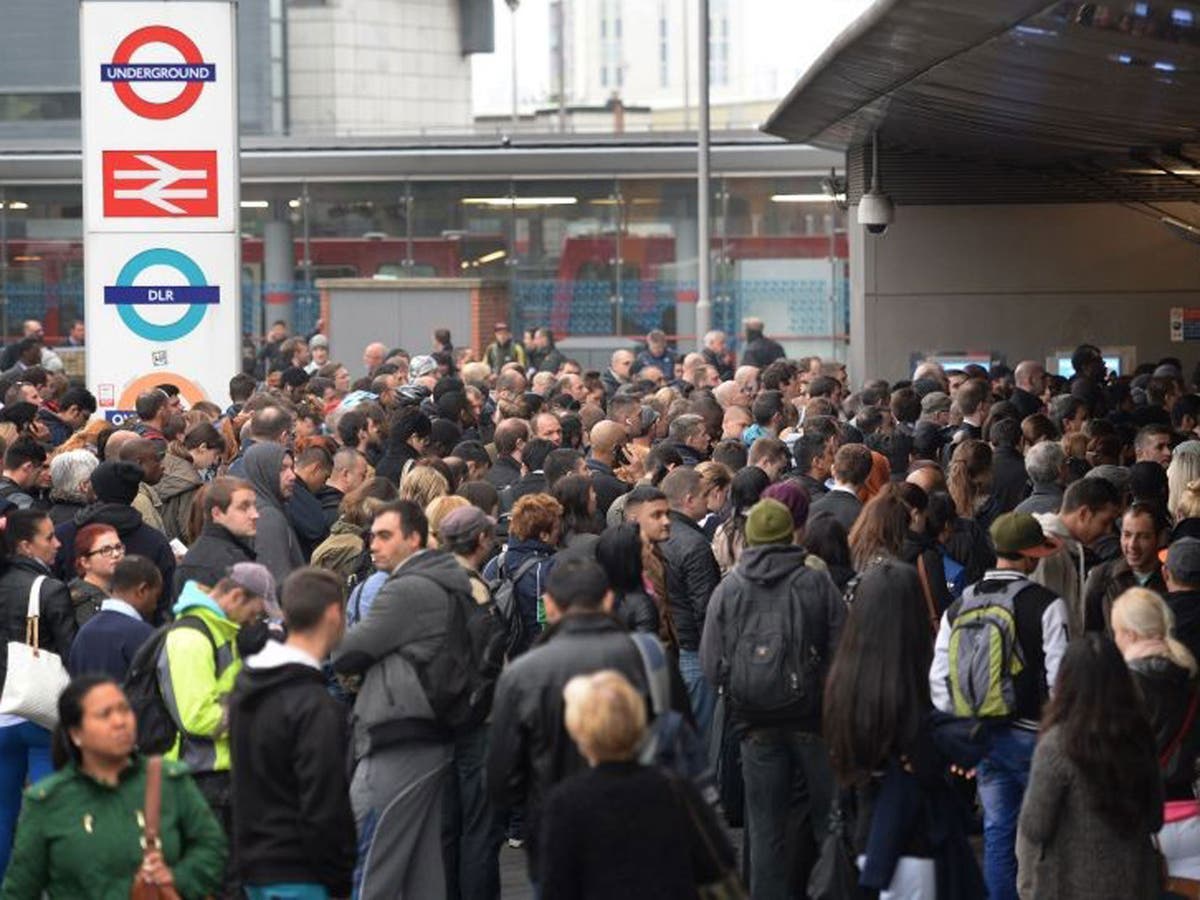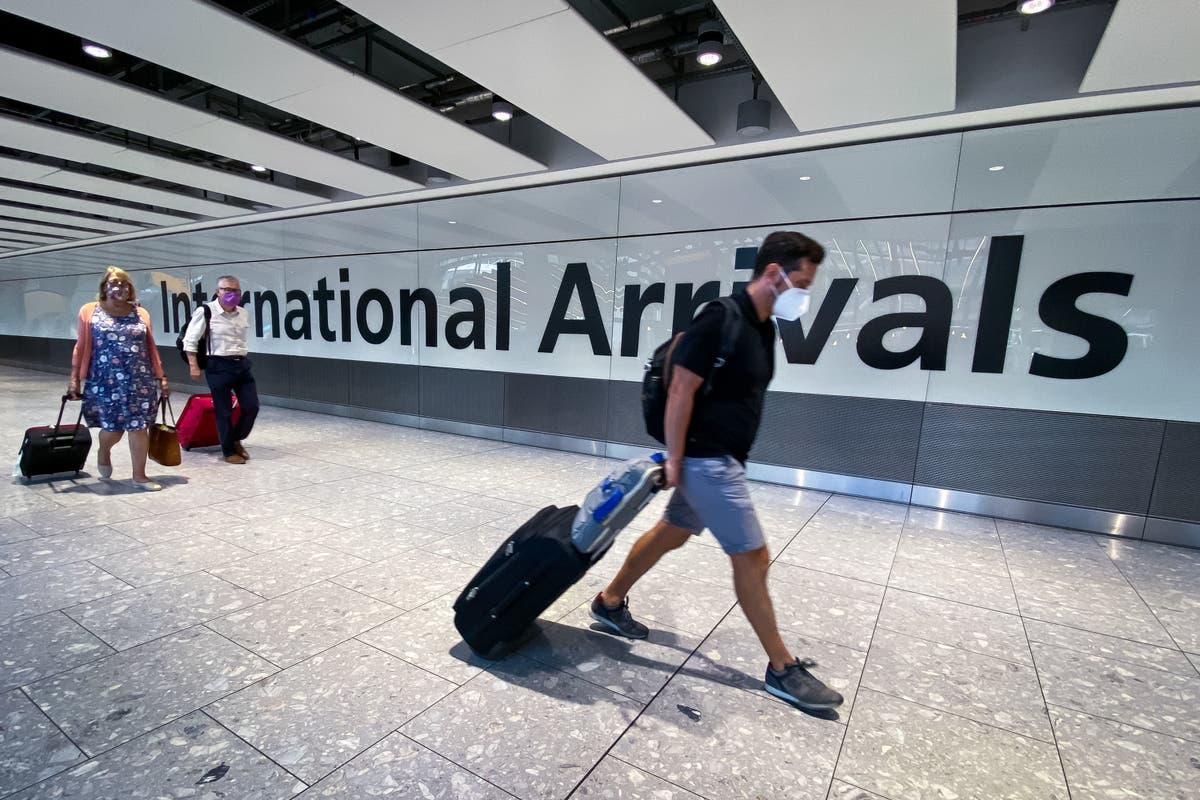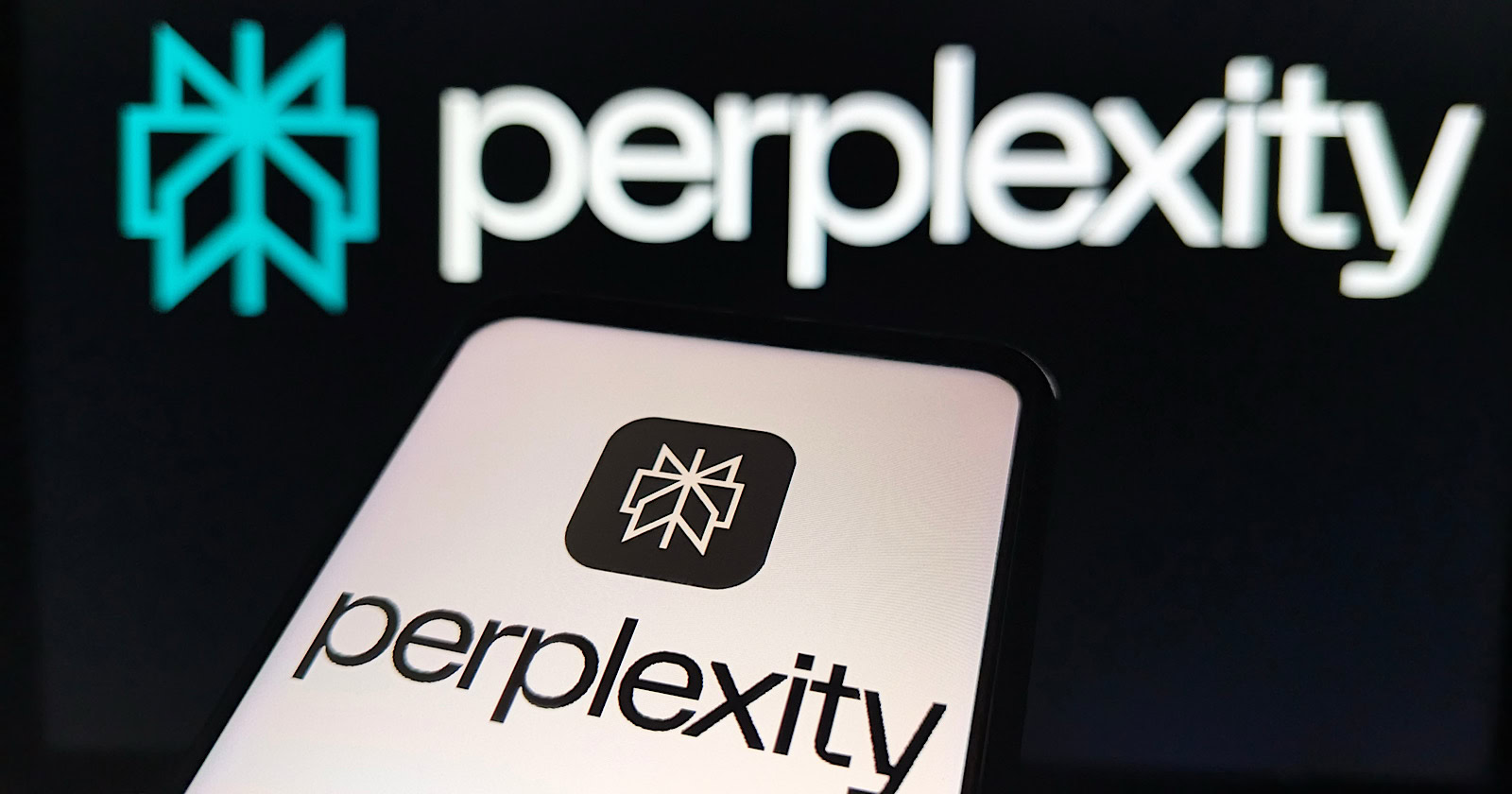Find Out If You Live in One of the Most Polluted US Cities
There’s a tiny bit of good news in the American Lung Association’s “State of the Air” report: Only 36% of us live in places that get an F grade for ozone and fine particle pollution. That’s too many, of...

There’s a tiny bit of good news in the American Lung Association’s “State of the Air” report: Only 36% of us live in places that get an F grade for ozone and fine particle pollution. That’s too many, of course, but it’s a smaller number than in years past.
According to the report, air pollution trends have improved in some ways. Emissions from cars and factories are lower than before. But climate change makes it hard to keep air pollution under control. Heat, drought, and wildfires contribute to spikes in ozone and particulate pollution. These spikes are on the increase, with 64 million Americans in places that experience them frequently.
The report measures ozone and fine particulates
The report collects government data on fine particulate pollution and on ozone. The amount of pollution in the air depends on the weather, with some conditions increasing the amount of ozone and particulates in the air. Pollution also varies with the seasons and with the time of day.
Ozone, found in smog, can irritate the lungs. It’s especially damaging to people with asthma and COPD. Exposure to ozone can also make us more susceptible to respiratory infections like pneumonia.
Fine particle pollution has similar health effects, and has also been linked to cardiovascular disease, including heart attacks. Particulates smaller than 2.5 micrometers are tracked by the Air Quality Index (AQI) that you see on weather reports. For what it’s worth, the American Lung Association (ALA) argues that the standards aren’t sensitive enough, and that “moderate” (yellow) AQI still puts a lot of people at risk.
Which cities have the worst air pollution?
Ready for the results? The 25 most polluted cities and counties are listed here, and there’s a map to explore areas near you. You can look up where your city stands on ozone, short-term particulates, or year-round particulates.
My hometown of Pittsburgh ranks 14th on year-round and 20th on short-term particulate pollution, so...hooray for us? Here are the top 10 cities for ozone:
#1: Los Angeles-Long Beach, CA
#2: Visalia, CA
#3: Bakersfield, CA
#4: Fresno-Madera-Hanford, CA
#5: Phoenix-Mesa, AZ
#6: Denver-Aurora, CO
#7: Sacramento-Roseville, CA
#8: San Diego-Chula Vista-Carlsbad, CA
#9: Houston-The Woodlands, TX
#10: Salt Lake City-Provo-Orem, UT
The top 10 for short-term particle pollution:
#1: Bakersfield, CA
#2: Fresno-Madera-Hanford, CA
#3: Fairbanks, AK
#4: Visalia, CA
#5: Reno-Carson City-Fernley, NV
#6: San Jose-San Francisco-Oakland, CA
#7: Redding-Red Bluff, CA
#8: Sacramento-Roseville, CA
#9: Los Angeles-Long Beach, CA
#9: Chico, CA
And the top 10 for year-round particle pollution:
#1: Bakersfield, CA
#1: Visalia, CA
#3: Fresno-Madera-Hanford, CA
#4: Los Angeles-Long Beach, CA
#5: Fairbanks, AK
#6: Sacramento-Roseville, CA
#7: Medford-Grants Pass, OR
#7: San Jose-San Francisco-Oakland, CA
#7: Phoenix-Mesa, AZ
#10: Indianapolis-Carmel-Muncie, IN
Wildfires are a big part of the reason why western states rank highly on these charts, but weather conditions including heat factor into it, too. The ALA notes that over the years, western cities have been rising in these rankings.
Which cities have the cleanest air?
There’s also a list of cities with the cleanest air, measured in the same three ways. Here are the cities with the least ozone:
Albany-Schenectady, NY
Asheville-Marion-Brevard, NC
Bangor, ME
Bellingham, WA
Blacksburg-Christiansburg, VA
Bowling Green-Glasgow, KY
Brownsville-Harlingen-Raymondville, TX
Brunswick, GA
Burlington-South Burlington-Barre, VT
Here are the cities with the lowest short-term fine particle pollution:
Amarillo-Pampa-Borger, TX
Asheville-Marion-Brevard, NC
Bangor, ME
Baton Rouge, LA
Bloomington-Bedford, IN
Brunswick, GA
Burlington-Fort Madison-Keokuk, IA-IL-MO
Cape Coral-Fort Myers-Naples, FL
Cedar Rapids-Iowa City, IA
And the cities with the lowest year-round fine particle pollution:
#1: Kahului-Wailuku-Lahaina, HI
#1: Urban Honolulu, HI
#3: Cheyenne, WY
#3: Wilmington, NC
#5: Bangor, ME
#6: Bellingham, WA
#7: St. George, UT
#8: Duluth, MN-WI
#9: Amarillo-Pampa-Borger, TX
#9: Colorado Springs, CO
#9: Salisbury-Cambridge, MD-DE
If you’d like to compare your cities to others—to brag to your friends, or possibly to weigh your options for moving—there’s a comparison tool that allows you to select any two cities and see their grades on the various metrics. It also shows you how many people live in each of the two areas, breaking it down by at-risk populations: how many elderly adults, how many cases of pediatric asthma, and how many pregnancies in each area.
The ALA also has a page of recommendations for improving the country’s air quality. At the local, state, and federal level, we can lobby for better regulations. As individuals, we can check airnow.gov to check local air quality, and consider using tax credits to switch to electric vehicles or lower-emissions ways to heat our homes and cook food.

 AbJimroe
AbJimroe 






























